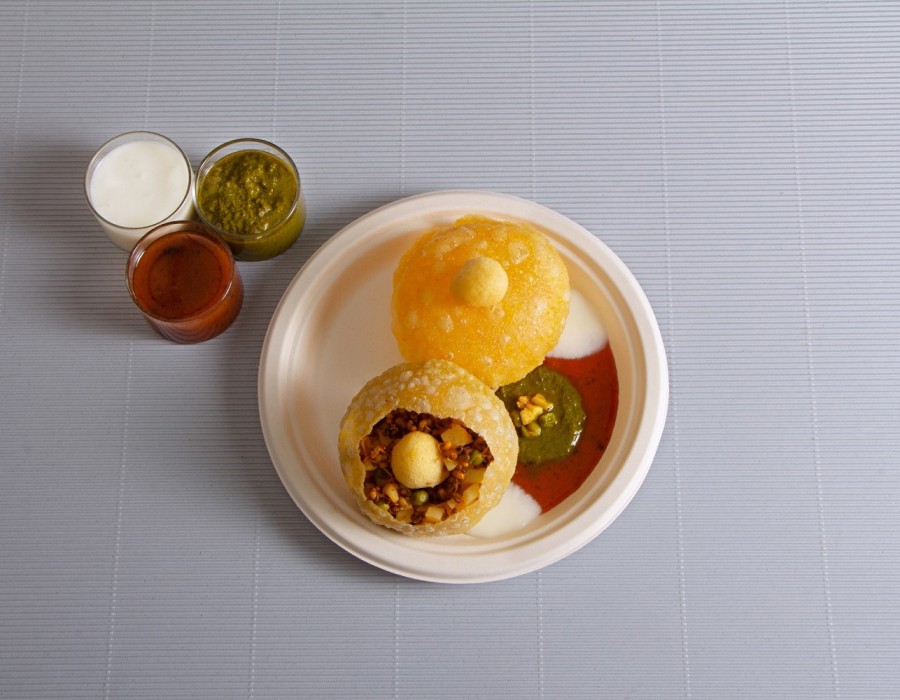Introduction
In an era where environmental consciousness is at an all-time high, the demand for sustainable alternatives has become a priority for both consumers and businesses. One of the most significant shifts in this regard is the rise of biodegradable tableware. This eco-friendly alternative to traditional plastic and non-recyclable tableware is gaining traction as a viable solution to reduce waste and environmental impact.
Understanding Biodegradable Tableware
Biodegradable tableware is made from natural, renewable resources such as bamboo, cornstarch, and sugarcane fiber (bagasse). Unlike conventional plastic tableware, which can take hundreds of years to decompose, biodegradable options break down naturally within a few months under the right conditions. This rapid decomposition significantly reduces the amount of waste that ends up in landfills and oceans, thereby alleviating the burden on our planet's ecosystems.
Benefits of Biodegradable Tableware
The benefits of biodegradable tableware extend beyond just environmental impact. Firstly, these products are often free from harmful chemicals and toxins found in plastic, making them safer for both users and the environment. Additionally, the production of biodegradable tableware typically requires less energy and resources compared to plastic, resulting in a lower carbon footprint. For businesses, switching to biodegradable options can enhance brand image and appeal to eco-conscious consumers, thereby driving customer loyalty and satisfaction.
Adoption in Various Sectors
The adoption of biodegradable tableware is spreading across various sectors, including hospitality, food service, and event management. Restaurants and cafes are increasingly using biodegradable plates, cups, and cutlery to provide a sustainable dining experience. Event planners are opting for eco-friendly tableware to minimize waste generated at large gatherings and festivals. Even educational institutions are incorporating biodegradable options in their cafeterias to promote sustainability among students.
Challenges and Future Prospects
Despite its numerous advantages, the widespread adoption of biodegradable tableware faces certain challenges. Cost is a significant factor, as biodegradable products are often more expensive than their plastic counterparts. Additionally, there is a need for proper disposal and composting facilities to ensure that these products break down efficiently. However, as technology advances and production scales up, it is expected that costs will decrease, and infrastructure for composting will improve.
Conclusion: A Step Towards a Greener Future
The rise of biodegradable tableware represents a crucial step towards a more sustainable future. By reducing reliance on plastic and minimizing waste, biodegradable tableware offers a practical and environmentally friendly solution. As more consumers and businesses embrace these products, we can collectively contribute to a healthier planet and pave the way for a greener tomorrow. Embracing biodegradable tableware is not just a trend but a necessary move towards sustainability that will benefit generations to come.





Comments